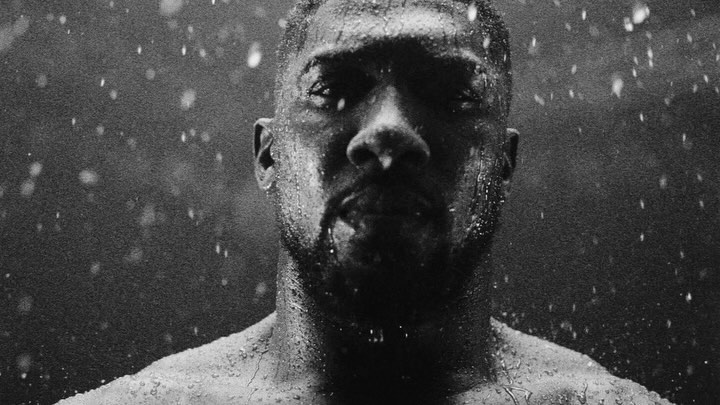
An advertising campaign by Under Armour, featuring celebrated boxer Anthony Joshua, has recently become the center of controversy within Instagram creative community. The ad, directed by Wes Walker, was proclaimed as the “first AI-powered sports commercial.”
However, it has faced criticism from various creatives who argue that it simply repurposes existing work without proper attribution, representing a superficial attempt to leverage the current AI hype for financial gain.
What’s the Issue with Under Armour’s Ad?
Wes Walker shared the advertisement on Instagram, shedding light on the creative process behind what he termed an innovative blend of technology and art. According to Walker, Under Armour’s brief was challenging: to craft a compelling narrative using only a 3D model of Anthony Joshua, without direct access to the athlete, and relying on existing assets.
The result, as Walker described, was a synthesis of AI-generated video and photographs, 3D computer-generated imagery, 2D visual effects, motion graphics, alongside traditional 35mm film and digital video. This fusion was further enhanced by advancements in AI voiceover technology, pushing the boundaries of current AI tools to their limits.
Walker’s post highlighted the project’s rapid development phase, completed within an unusually tight three-week timeframe for a campaign of this magnitude. He emphasized the transformative potential of AI in the creative industry, positing that while AI can revolutionize content creation processes, the essence of storytelling and the unique human perspective remain irreplaceable.
Creative Community: Where’s the Credit?
However, Walker’s proclamation of a groundbreaking AI-powered advertisement was met with skepticism and outright disapproval from fellow creatives. Critics pointed out significant issues with the commercial, including:
- Repurposing Work: Large parts of the commercial were adapted from a previous film by Gustav Johansson and André Chementoff, without initial credit.
- Lack of Attribution:
- Gustav Johansson’s confrontation in the comments section,
- The omission of immediate credit to Johansson and Chemetoff, key contributors to the original content.
- Ethical Implications: The controversy sparked a broader conversation on:
- The ethical use of AI in creative industries,
- The importance of recognizing and valuing original artistic contributions.
In response to the backlash, Walker argued the constraints of time, budget, and access that shaped the project’s direction. He insisted that the repurposing of existing content and the emphasis on AI were pragmatic choices under the circumstances. However, this rationale did little to appease critics who saw it as a disservice to the original creators and a misrepresentation of AI’s role in the creative process.
The backlash led to an introspective debate within the community about the nature of creativity in the age of AI, and the responsibilities of creatives and brands in ensuring fair attribution. Critics argue that while repurposing content is a common practice in commercial advertising, presenting such work under the guise of AI innovation without acknowledging the foundational human creativity involved undermines the value of original artistic efforts.
Related News:
Featured Image courtesy of Wes Walker
